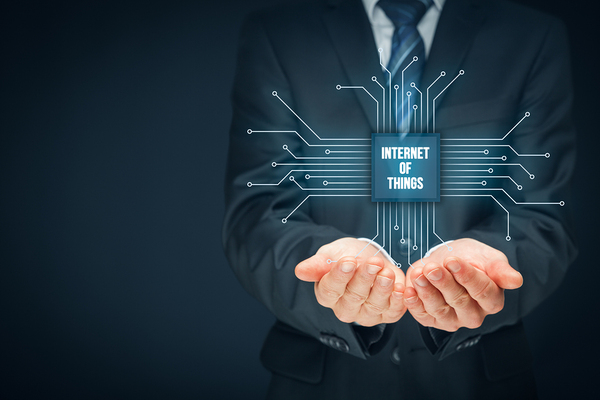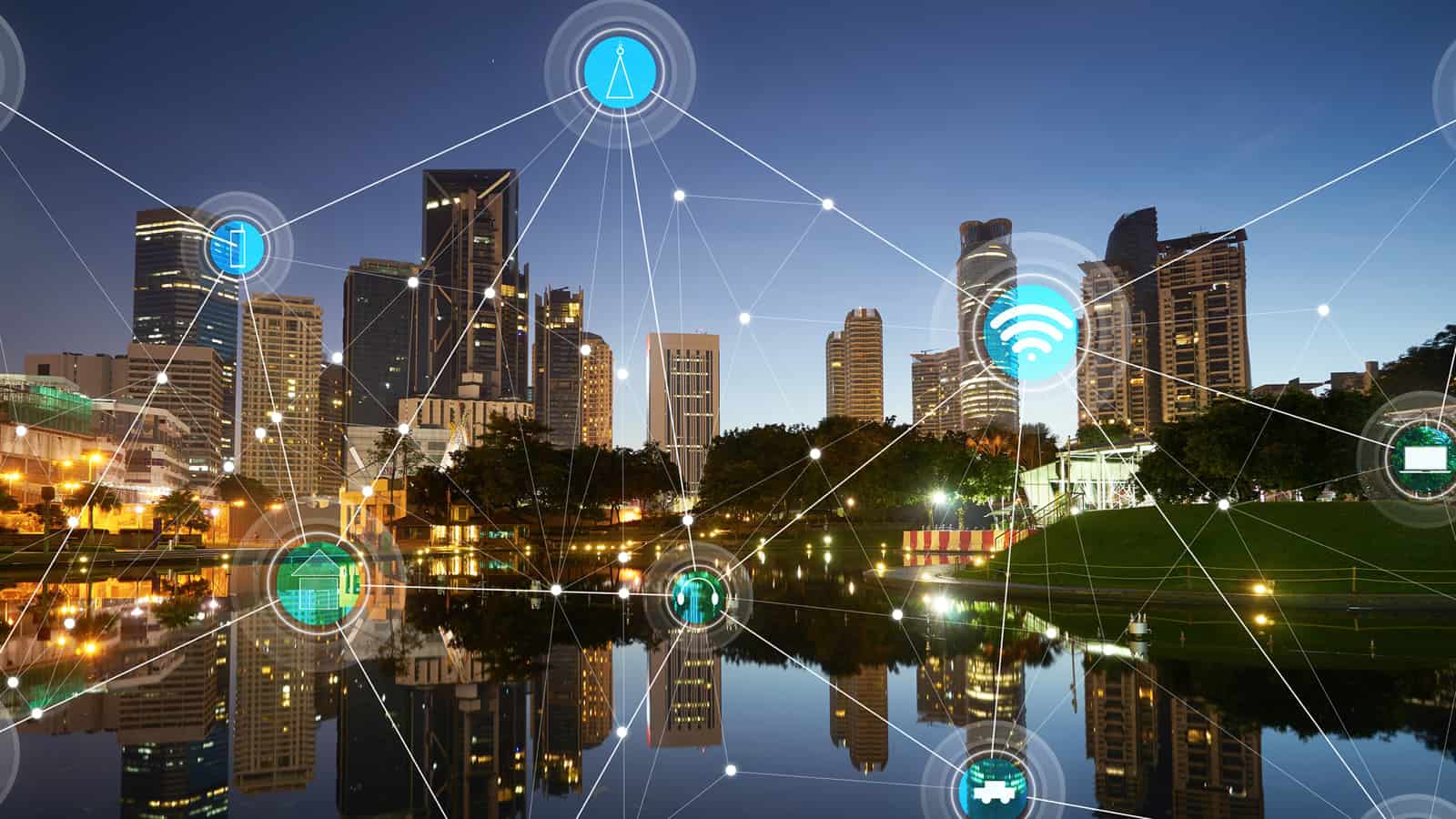Our world is hyperconnected, driven, in part, by advances in digital technology and wireless functionality. The convergence of these innovations is called the Internet of Things. It is transforming the way we live, work and play.
Just what is the state of the Internet of Things right now and where is it headed?
Put simply, the Internet of Things is a network of millions of connected objects and devices that are smarter and much more than simply a collection. An IoT device is any object that is fitted with software, sensors, and wireless capabilities. They can detect information, collect and store that data, and transmit it to other objects and people. They can diagnose problems and, in some cases, repair those problems in real time. They can operate connected objects remotely and issue alerts or warnings.
The Internet of Things Today
Estimates in the technology news on the size of the IoT vary widely, but there are literally billions of objects that have the technology that allows for interconnectedness. Examples include smart thermostats that control appliances, lights, and entertainment devices; cars that self-diagnose and transmit performance reports to drivers and mechanics; wristbands that transmit exercise and vital signs; and automated assistants, like Apple’s Siri or Amazon’s Alexa, that respond to voice commands and can activate apps or find data.

The Internet of Things creates hyperconnected opportunities to interact with customers.
Transforming Business and Customer Interactions
Smart homes today can connect thermostats, coffee pots, and sound systems. Wearables let us track our fitness, our medical conditions, and interact with virtual reality. By 2021, it is anticipated that 82 percent of cars will be connected to the internet. For businesses, the opportunity costs of not participating in the Internet of Things is high.
What are some of the things business need to consider about the IoT in 2017? Here are a few:
- Don’t Sit It Out. While it may take a few years for the IoT to sort itself out, businesses that don’t begin planning for the IoT at the very least are missing an opportunity. In a worst-case scenario, they may find themselves on the outside looking in as disruptive companies enter the industry.
- Use the Data, Part 1. There are petabytes of data being generated by the IoT. These data demonstrate usage trends, customer preferences, and performance metrics. This information can be used to better automate functions, improve existing products and services, and support in-the-moment decisions.
- Operational Efficiency. All that data can improve the way products and machines are used, how manufacturing is done, and to reduce downtime and improve efficiency.
- Use the Data, Part 2. When the data generated from the IoT is parsed and analyzed by complex analytics programs, new opportunities may emerge. New markets, revenue sources, and products may emerge from a careful examination of metadata.
- Long-Term Approach. Now is the time for senior leaders to consider the long-term business strategy implications of the IoT and to identify the trends and opportunities in the future. This approach does not contradict the need to be adopting this technology now. Instead, it’s a way to experiment in the short term while planning for the long term.
The IoT is here to stay. Now is the time to esablish a plan for how your company will participate.
